Hydroxyl generators were first introduced to the restoration industry in the United States in 2008. Since this was a new technology, there was quite a bit of skepticism at first. After successful performance on many complex projects, the safety and efficacy of the technology was confirmed, and the use of these generators became widely accepted.
Hydroxyl generators work in a way that is most similar to ozone in the sense that they produce oxidizing gasses that break apart odor molecules. The two primary differences, however, are that hydroxyls are one million times more reactive than ozone, and they’re safe to use around people and sensitive materials. This means hydroxyls are able to eliminate a much broader range of odors and VOCs as compared to ozone. The technology allows contractors to run the generators while they’re performing their normal physical cleaning instead of afterward, and enables clients to stay in their home or business when possible.
This technology is a more simple process of deodorization as compared to other conventional methods. It stands alone, and does not require the use of chemicals, oils, masking agents, charcoal filters, sealants, or other procedures. Furthermore, no continued labor of spraying, fogging, wiping, etc. is necessary. Simply turn on the machines at the beginning of the project and the effectiveness will be immediately noticed. This will provide for a cleaner and fresher environment for both contractors and clients.
While there are different types of hydroxyl generators, those which utilize a high intensity ultraviolet light also bring the advantage of disassembling the odor molecules not just in the air, but more importantly, in the structure and contents where the odors have been adsorbed. The production of hydroxyl radicals, and a further chain of reactions throughout the treatment space, enables the elimination of odors in all areas where the odors have traveled. So how can you make sure these radicals get everywhere you need them?
Using Hydroxyl Generators
Hydroxyl generators are easy to use, but proper placement on each project is important. A baseline for the coverage area of each machine is the first step. When treating the moderate to severe odors encountered in the disaster restoration industry, typical coverage area for the most powerful machines is 1,000 to 1,500 square feet with normal ceiling height up to about 20 feet. This estimate is based on significant field experience and feedback. While this is a good starting point, there are several variables to consider:
- What is the layout of the structure? One open area is much easier to handle than a property with multiple floors, hallways, offices, restrooms, etc.
- Are there contents on site? If so, what type and how many? A large inventory and number of contents on site will require more hydroxyl generators to fully remove the odors compared to an empty warehouse.
- How severe is the odor? Lighter odors will require the machines to run for less time, while very severe odors will require them to run longer. Likewise, the machines can cover larger areas if the odors are light, and the coverage area may need to be reduced if the odors are severe.
- How much time is there to complete the project? The goal is to always have the odors fully eliminated while the physical work is being performed, not afterwards. The amount of time available for the machines to run can impact how many machines are used and when to set them up. If, for example, you need a commercial job done in two days, blast it with hydroxyls by reducing the coverage areas of each machine to create a higher concentration of hydroxyls.
- Has the source been removed, or at least fully contained? This is always a critical element of odor treatment. Contractors have used creative ways to make containment when the removal of the source (e.g., a large machine that caught fire) cannot be accomplished in a timely fashion. Full source removal before shutting down the machines is recommended.
The strength of the hydroxyl radicals will break apart any odor they may come across – fire and smoke, CAT 2 & 3 water losses, chemical fumes, fuel oil, skunk, curry, VOCs, trauma, etc. – while at the same time not harming anyone or damaging sensitive materials like rubber, plastic, leather, electronics, artwork, wet items, etc.
Tips & Tricks for Maximum Effectiveness
While the hydroxyl generators are simple and easy to use, there are many tips and tricks to incorporate so they can work as efficiently as possible:
- Use additional air movers to help distribute the hydroxyls throughout the structure. This is most important in areas where the layout is broken up. For example, you can create a better distribution of hydroxyls into adjacent rooms by placing a hydroxyl generator at the end of the hallway and setting up additional air movers down the hall pointing into each room or office.
- Contents or finished goods inventory with heavy odors can be tented and treated separately in storage containers or hydroxyl chambers to increase the total concentration of hydroxyls.
- Use air scrubbers when necessary while running the hydroxyl generators; they work well together. Scrubbers will capture the solid particulates while hydroxyls will disassemble the odor molecules.
- Use ducting to inject hydroxyls into hard to reach areas or crevices.
- Move them around during a project to focus on certain problematic areas.
How Much is Enough?
Hydroxyl generators are relatively simple to operate, so the next obvious question is how do you know when the project is done? Follow these steps and you can guarantee you’ll never get a call from an unhappy client saying the odor “came back”:
- Do not let the smell of the air be your guide. The air will be the first area where the odor is eliminated. The structure and contents are the key areas to determine completion.
- Turn off the hydroxyl generators and use your nose to test porous materials where odors were known to be present.
- If the odor is still present, run the hydroxyl generators longer, move them around for better distribution, and/or add more machines to the job.
- When the odor is 100 percent gone, the odor will never come back and the project is complete.
Maintaining Hydroxyl Generators
To make sure the hydroxyl generators are always running at optimal performance, it is important to clean them after each job and make sure the optics are replaced after 4,000 hours of usage. Hour meters are placed on the generators to help guide this process. Much of the science is in the optics, so replacing them will make the machine like new again.
Choosing the Right Generator
It is important to understand that different hydroxyl generators use very different technologies, and therefore, will vary significantly in price and capability. It is recommended to do your research and ask for all relevant testing and case studies to support the manufacturer’s claims. This includes testing for safety, ozone, VOC reductions, biological contaminant reductions, the production of hydroxyls, etc. It is important to have these test results on file because you may be asked questions by clients or adjustors looking for proof of these claims.
Fully eliminating odors has always been difficult and each project can have its own unique challenges. Hydroxyl generators have reshaped the procedures and methods used for odor removal. When projects are properly assessed, and correct machines are properly placed, contractors now have the confidence to ensure their clients that all of the odors will be eliminated safely and quickly. While hydroxyl generators are not the magic bullet, they have become an essential tool for odor removal of all types.

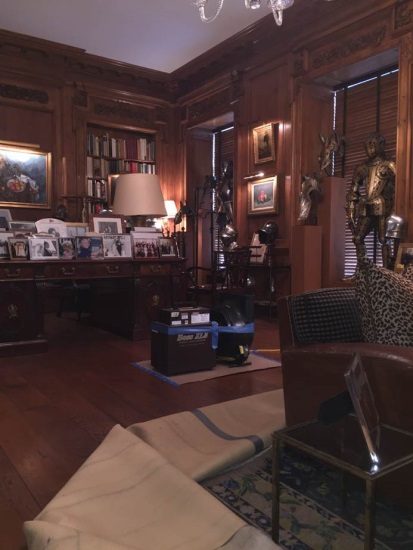
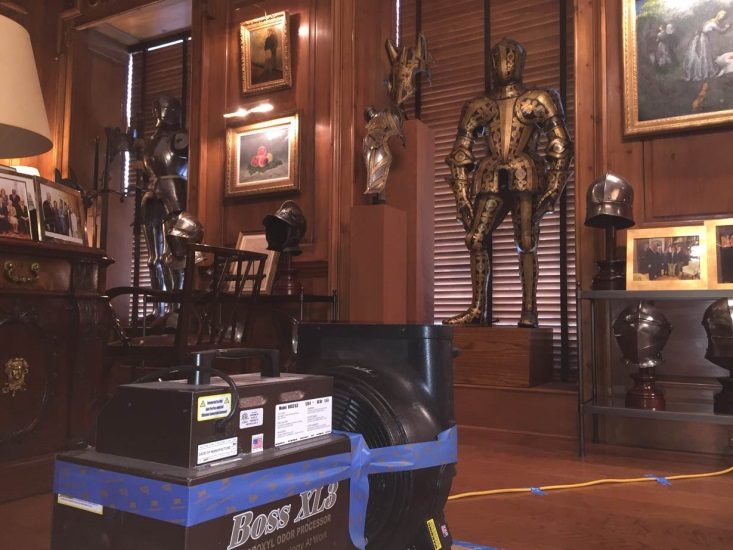
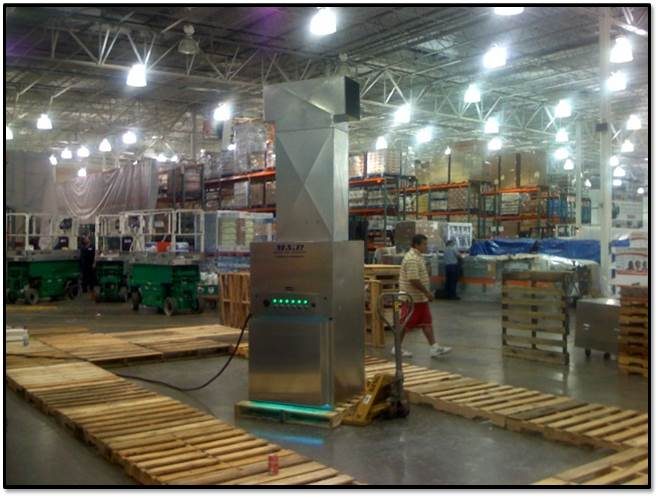
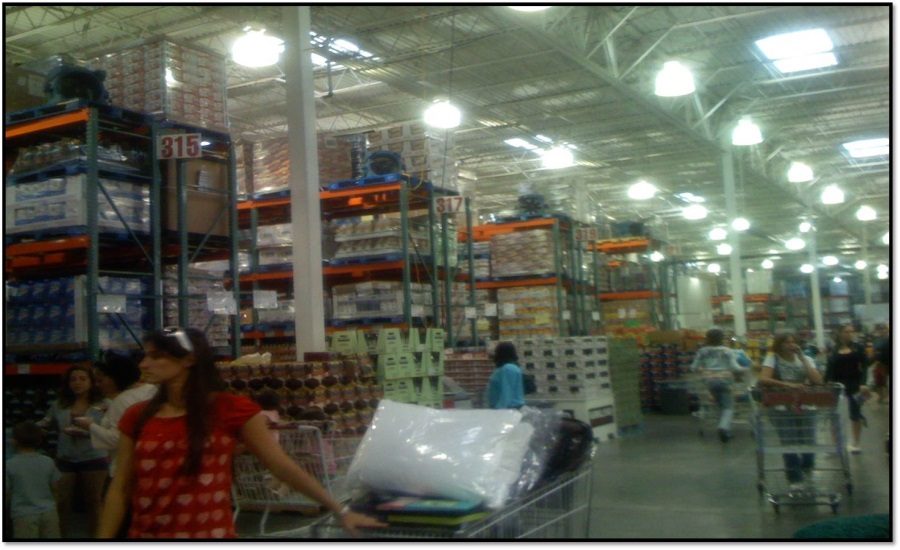
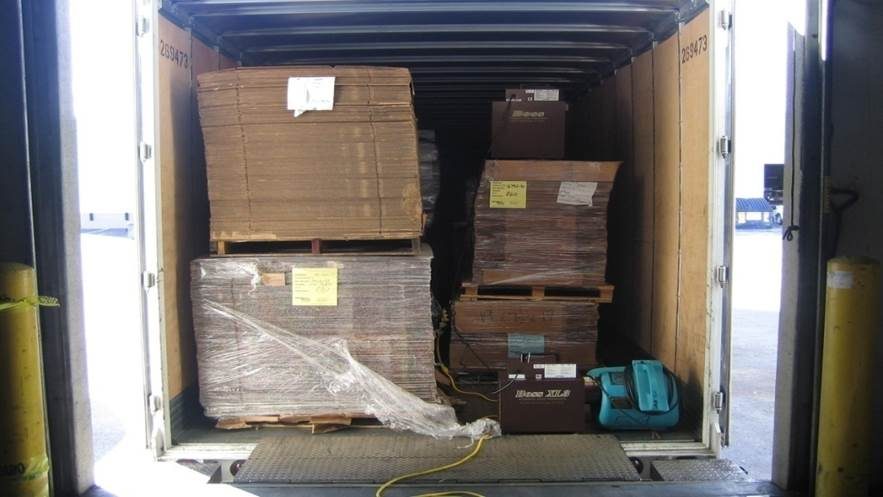

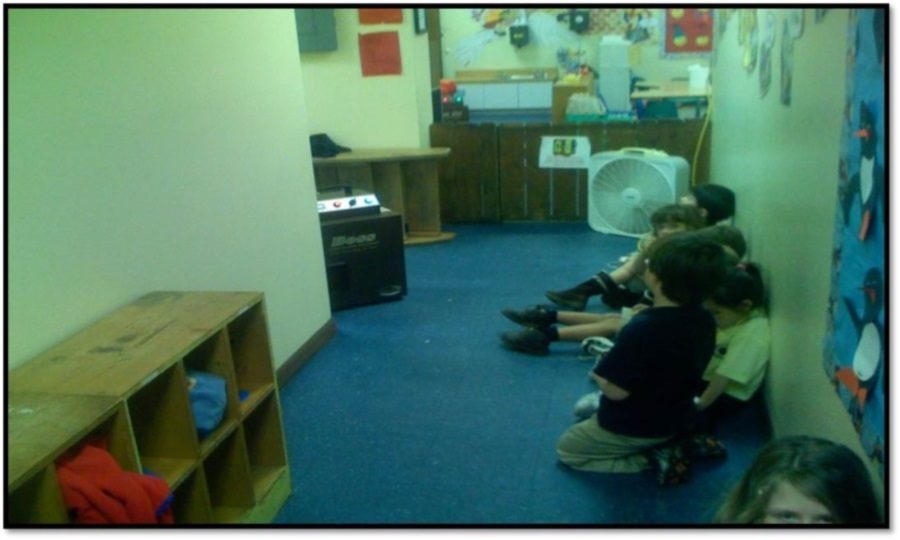
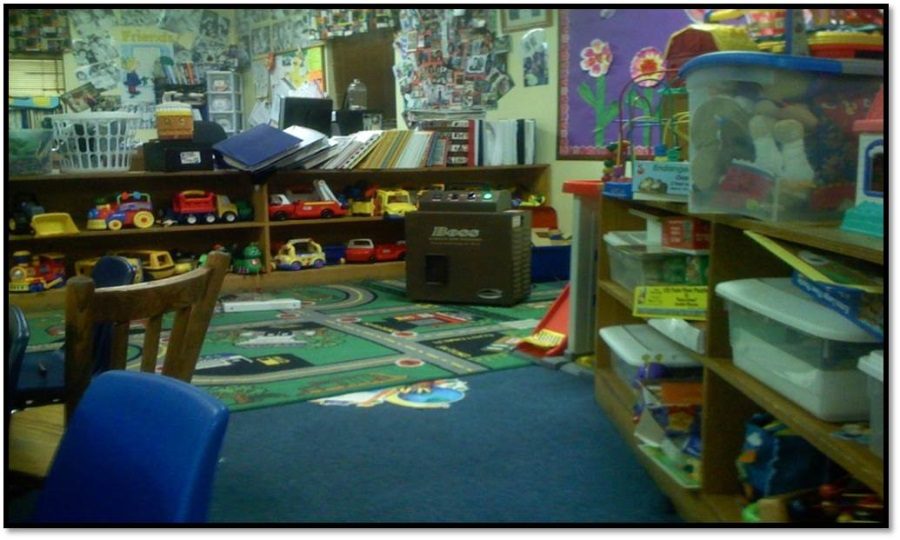
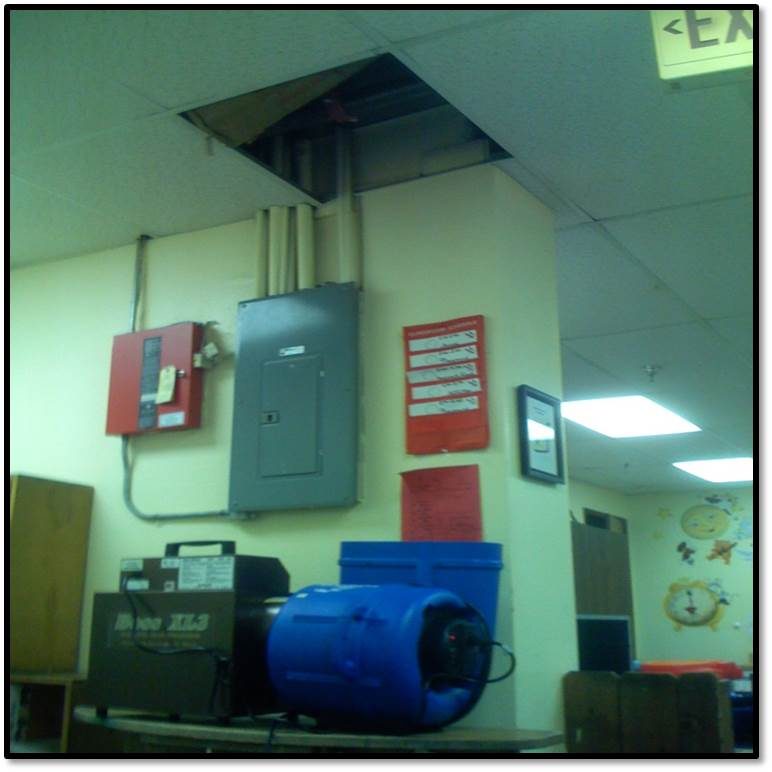
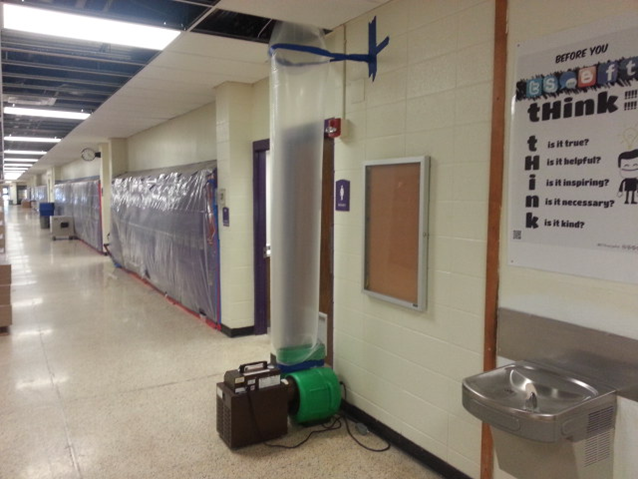
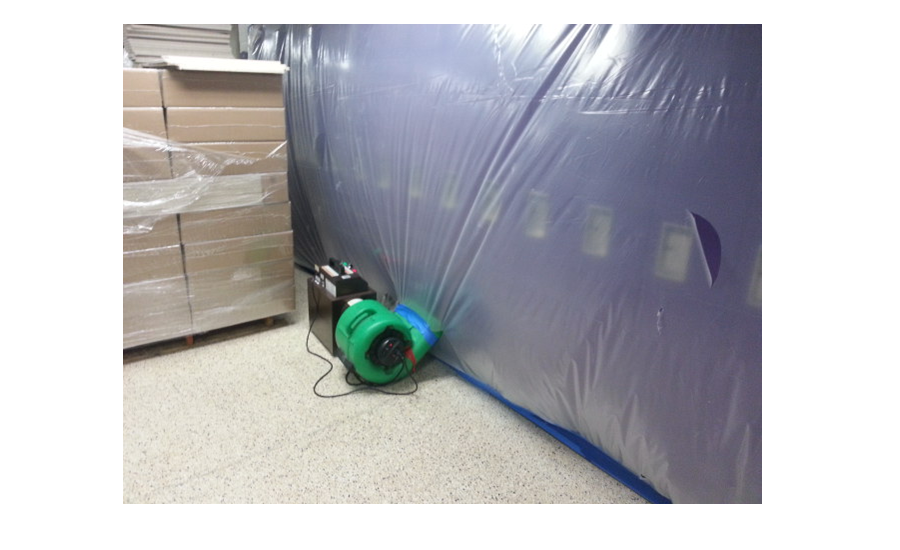
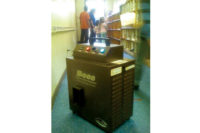
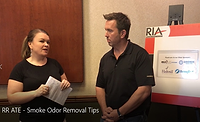
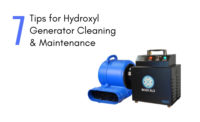
Report Abusive Comment